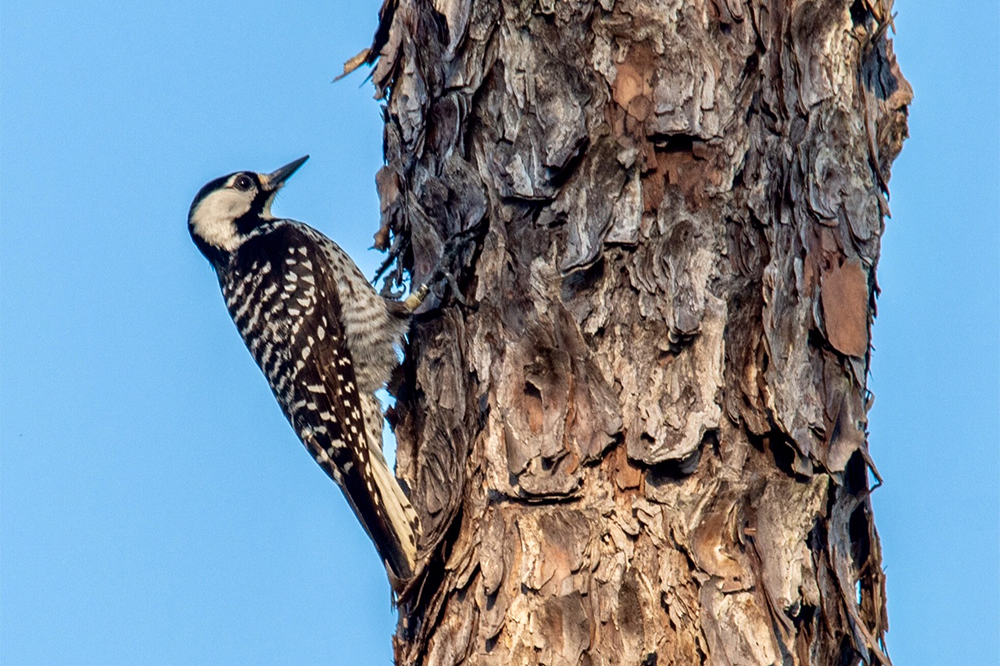
by lizzi | May 13, 2020 | News & Updates, Newsletter Vol. 8
By Burch Barger From its cypress and bottomland hardwood swamps to its salt marshes and mud flats, the St. Marys Basin provides habitat for a diversity and abundance of animals and plants. There is a large diversity of native tree species found in the basin, including...
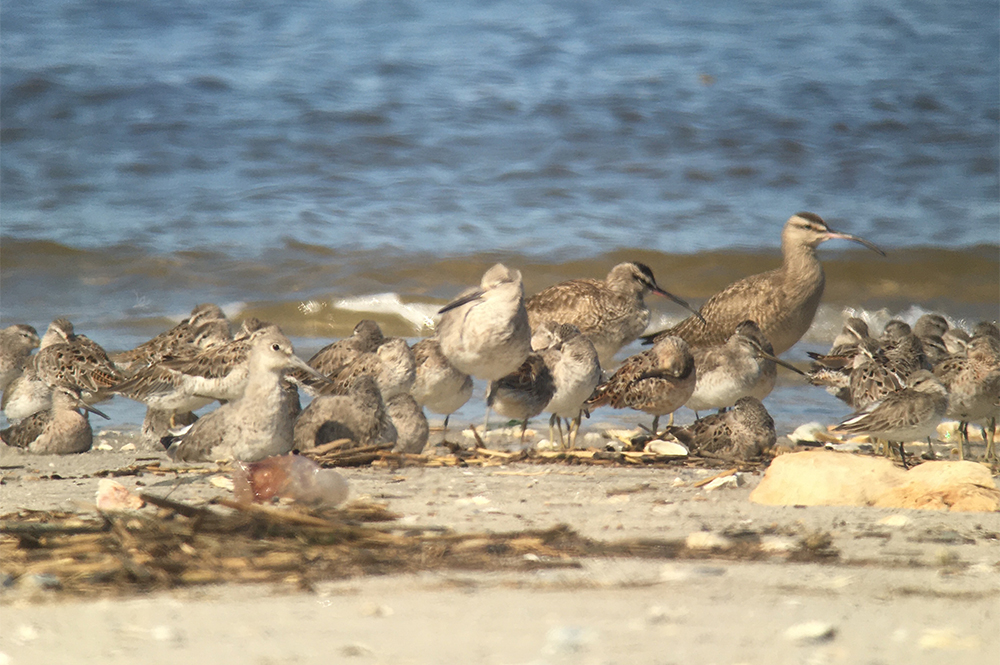
by lizzi | May 13, 2020 | News & Updates, Newsletter Vol. 8
By Abby Sterling With all of the uncertainty caused by the global pandemic, there is a tremendous amount of solace to be found in nature. As Manomet’s shorebird biologist for the Georgia Bight Shorebird Conservation Initiative, I am being kept busy with our nesting...
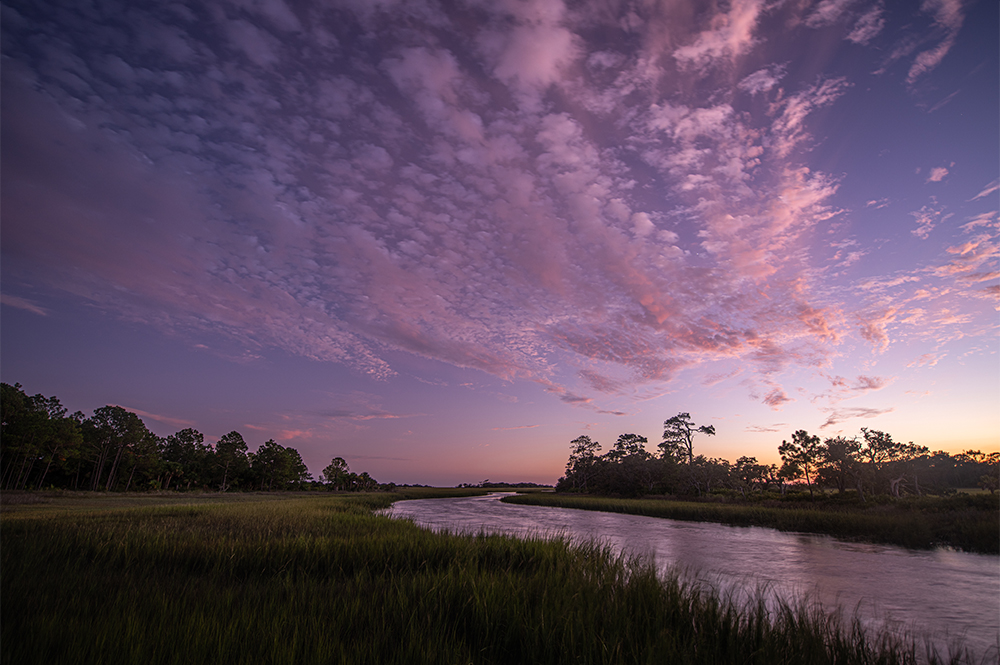
by lizzi | May 13, 2020 | News & Updates, Newsletter Vol. 8
By Burch Barger With the Georgia legislature suspended due to the Coronavirus pandemic and local volunteers and donors sheltering in place, the rhythm and location of Megan Desrosiers’ work as President and CEO of One Hundred Miles has changed. But the mission has...
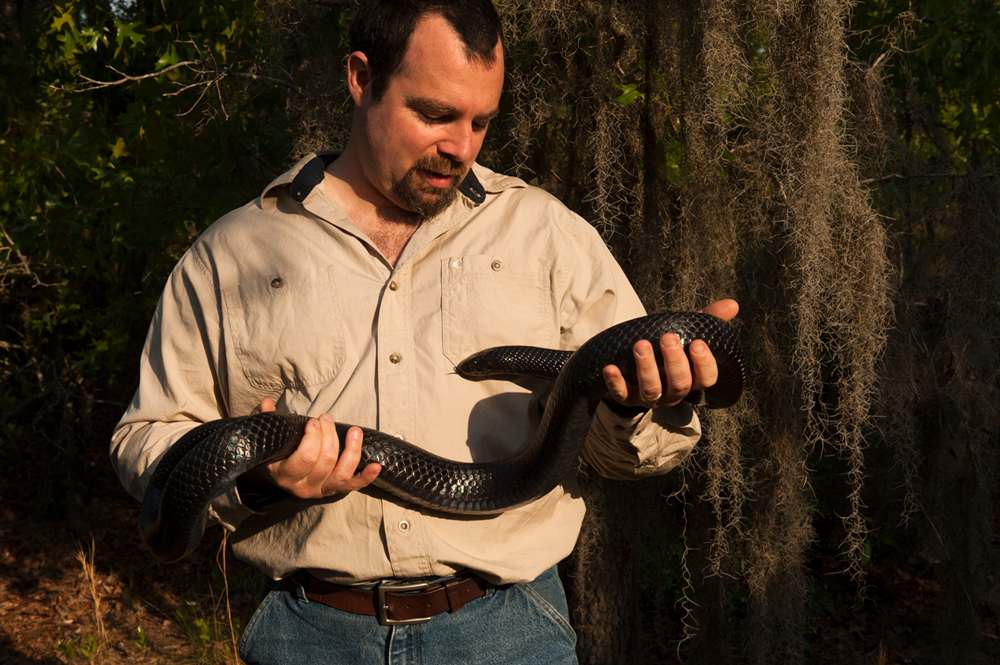
by lizzi | May 13, 2020 | News & Updates, Newsletter Vol. 8
By Burch Barger Chris Jenkins, CEO of The Orianne Society, acknowledges that these are challenging times for conservation nonprofits. After making adaptations to keep staff safe from the Coronavirus pandemic and reducing their budget for the fiscal year, The Orianne...
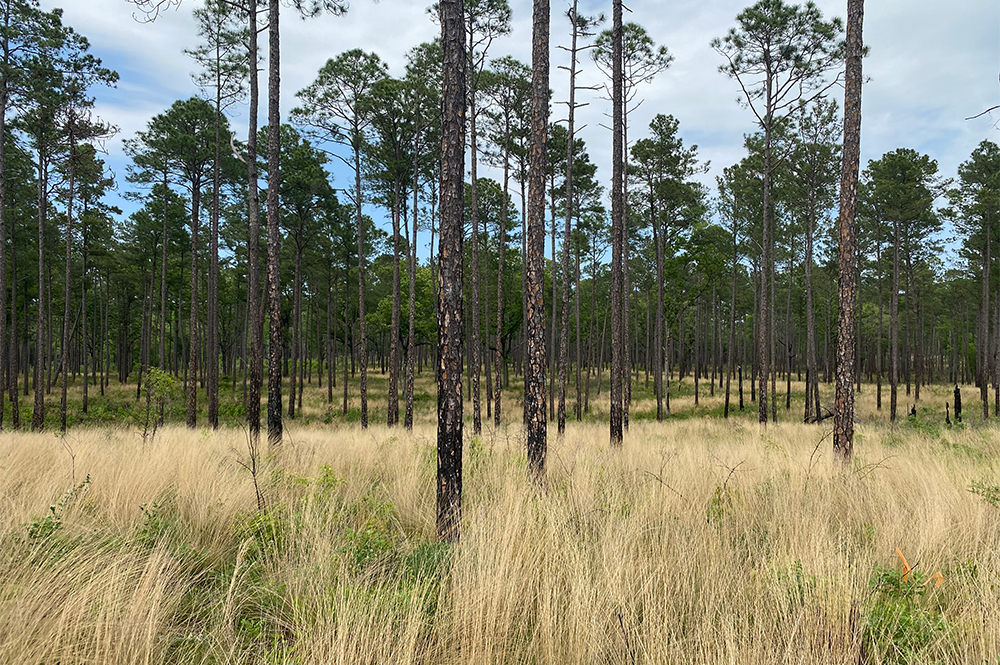
by lizzi | May 13, 2020 | News & Updates, Newsletter Vol. 8
By Burch Barger Social distancing requirements have shifted the work of Christi Lambert, Georgia Coastal and Marine Conservation Director for The Nature Conservancy, but they have not slowed it. Her spring calendar normally would be filled with outreach events and...
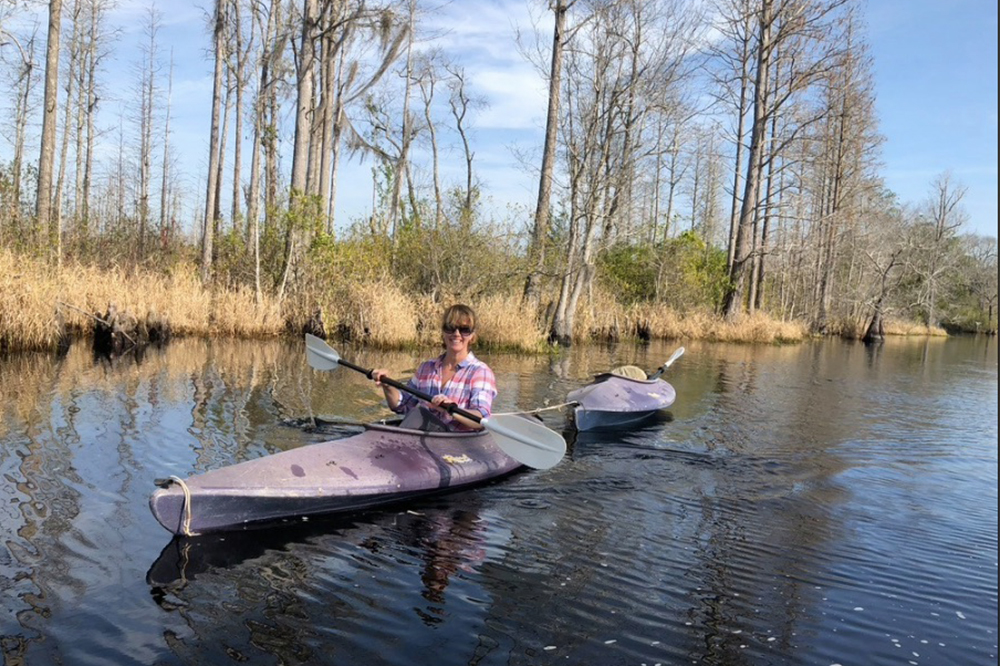
by lizzi | May 13, 2020 | News & Updates, Newsletter Vol. 8
By Burch Barger The St. Marys River has been named to the 2020 list of America’s Most Endangered Rivers by environmental group American Rivers. A proposal to the U.S. Army Corps of Engineers by Twin Pines Minerals, LLC to mine titanium along the eastern boundary of...







